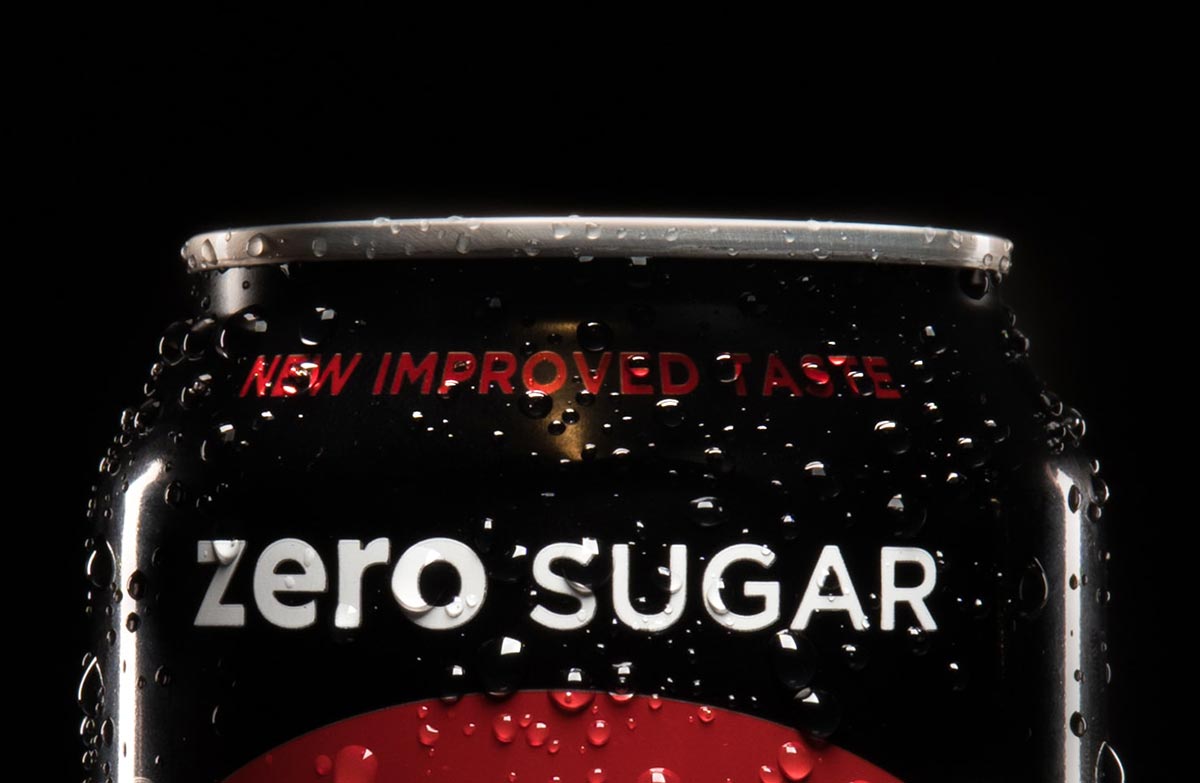The Illusion of Healthy Labels
If you have been to the grocery store lately - which I am going guess most of us have - you will have noticed all kinds of health claims printed on packaged food items that are trying to convince you why the product is great for you, and what kind of value it adds to your healthy diet.
In some cases the information is very useful and valid. But sometimes the claims food packaging makes can feel like a magician is trying to get us to look the other direction while they perform the trick with the other hand. When it comes to maintaining a healthy diet, there are definitely some claims that we should all be wary of. The big four offenders are:
Sugar Free or No Added Sugar
When you are told that something is Sugar Free or that there is No Added Sugar to the product, what they really mean is that they've added an artificial sugar to it instead. Artificial sugars require their own discussion according to the food police, and since these aren't considered real sugars, producers are allowed to tell you that their product doesn't have any extra sugar in it.
To combat these tactics and stay in control of your healthy diet, look for anything that ends in 'ose' - like glucose, fructose, or sucralose - for your sugar content. Also, saccharin, glucin, aspartame, and acesulfame potassium are all artificial offenders.
Low Fat or Fat Free
As most of North American and large parts of the world are in a Low Fat craze right now, you will probably see Low Fat and Fat Free claims on food claiming to be part of a healthy diet more than most others. As Fat is one of the six essential nutrients our bodies' need, I have no idea why we would want to stop eating it. Just like anything, you want to eat the good fats. You can find plenty of these fats in Avocado, Almonds, Salmon or Tuna as well as certain nut-butters. Stick to these and you'll have a hard time going wrong.
Something I would like to challenge you to try to do the next time you pick up a Fat Free or Low Fat product is to ask yourself this: "If they have taken something necessary out, what did they put back in to it instead?"
Low Sodium
I personally don't have a problem with lowering the amount of salt consumed, but try to keep in mind that if something has been removed from the food it usually means they put a chemical compound in the place of what was taken out. Kids have a recommended daily intake maximum of 1500 mg per day, and adults can go as high as 2300 mg a day without risking too much. If you're trying to reduce your sodium intake for a more healthy diet, consider making your own salad dressings and checking the sodium per serving on the food labels before you buy them to make sure it isn't outrageous.
Source of Essential Vitamins and/or Minerals
Now in my opinion there isn't anything typically wrong with the Vitamins or Minerals that have been added, however, it usually comes down to these being placed in the food to distract you from what is wrong with it. If it's a juice full of sugar, don't be taken in by its healthy diet claims.
The Whole Food Solution
My suggestion is to stick to whole food. That way you can completely avoid a lot of these false claims and easily maintain a healthy diet without really trying. Try to shop around the outer ring of the grocery store and spend minimal time in the aisles, and when you are picking up those packaged foods next time, pay attention to what the label is trying to distract you from.













